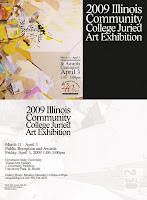The Phillips Collection, Washington, DC

Luncheon of the Boating Party, Renoir, 1881 "The big Renoir deal has gone through with Durand-Ruel and the Phillips Memorial Gallery is to be the possessor of one of the greatest paintings in the world...Its fame is tremendous and people will travel thousands of miles to our house to see it...Such a picture creates a sensation wherever it goes." —Duncan Phillips, 1923 The Phillips Collection is the oldest museum of modern art in the United States, and one of the finest small museums in the world. Located near Dupont Circle in Northwest, DC, it was established by the Phillips family in 1918 and opened to the public in 1921. Link The Phillips Collection Link Wiki













